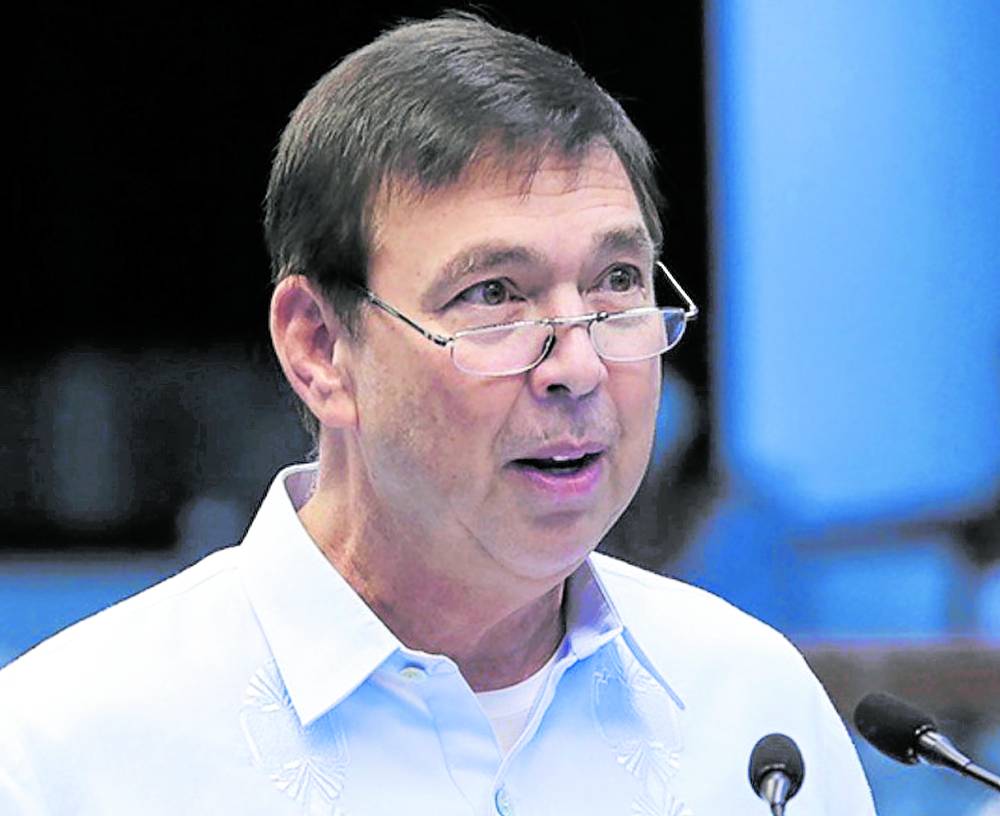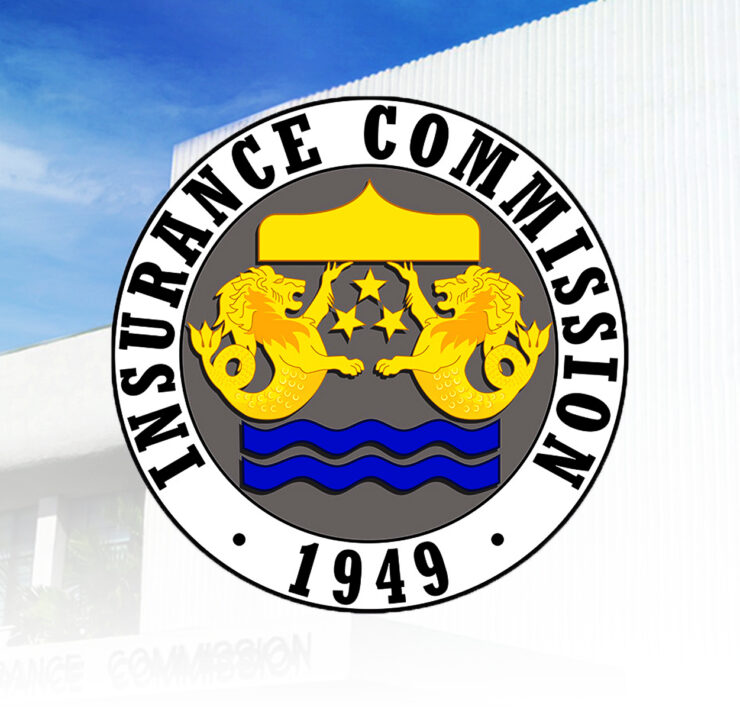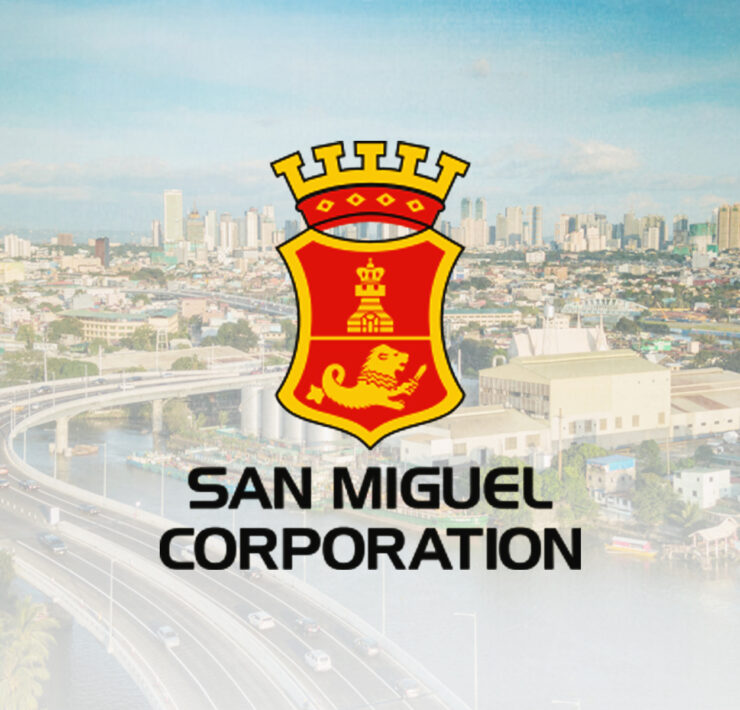Recto: Excess GOCC funds to be tapped for infra projects

Fund balances from state-owned corporations will be used to help plug the P64-billion funding gap for 49 foreign-assisted programs and projects, the Department of Finance said on Monday.
“Not doing so will entail many additional costs, commitment fees, interest expenses on loans and most of all opportunity cost of end-users,” Finance Secretary Ralph Recto told the Inquirer.
“Projects delayed is development denied. Many projects have been started decades ago, and need right-of-way funding as well,” he added.
For this year, 12 implementing agencies requested a total of P300 billion to supplement their budgets for 49 projects, which include big-ticket infrastructure developments. However, only P236.49 billion had been approved in this year’s budget, according to the National Economic and Development Authority (Neda).
Fund requests
Recto noted that they have identified “more or less” P200 billion to fund unprogrammed appropriations, of which P89.9 billion will come from Philippine Health Insurance Corp. while roughly P110 billion will be sourced from Philippine Deposit Insurance Corp.
Among agencies, the Department of Transportation requested the largest share of the total amount at P198.20 billion, followed by the Department of Public Works and Highways with P66.24 billion.
Meanwhile, Neda Secretary Arsenio Balisacan said that as Finance Secretary Ralph had mentioned, the challenge in securing funding for unprogrammed projects is finding new revenue sources.
Balisacan stressed that some of these unprogrammed projects, including key infrastructure flagship initiatives, are “very critical” and could potentially cause delays in related activities.
According to the 2024 General Appropriations Act, unprogrammed appropriation—standby funds in the national budget designated for special project—can only be sourced from four areas: approved loans for foreign-assisted projects, new revenue collections or those arising from new tax or nontax sources, excess revenue collections in the total tax revenues, and a newly added provision that allows financing from the fund balance of the Government-Owned or -Controlled Corporations (GOCC) from any remainder resulting from the review and reduction of their reserve funds to reasonable levels taking into account the disbursement from prior years.





















